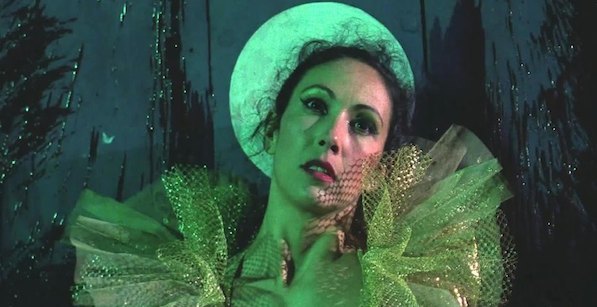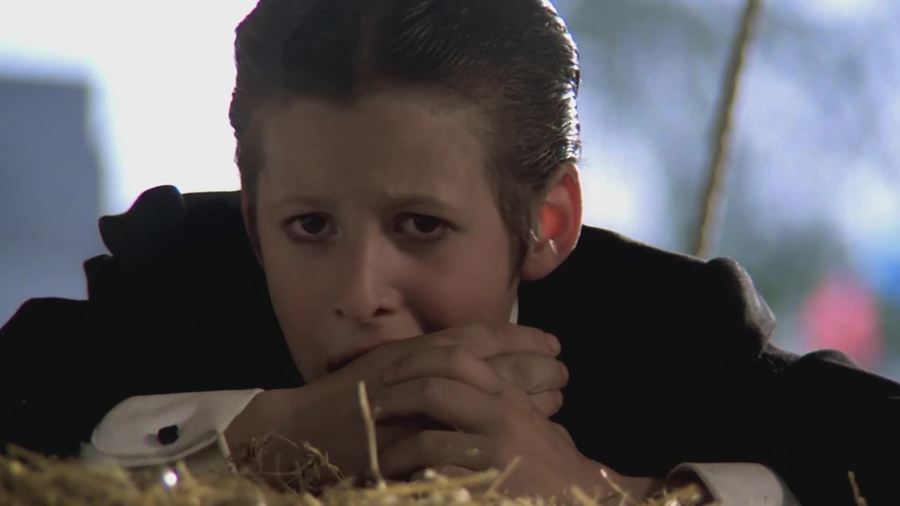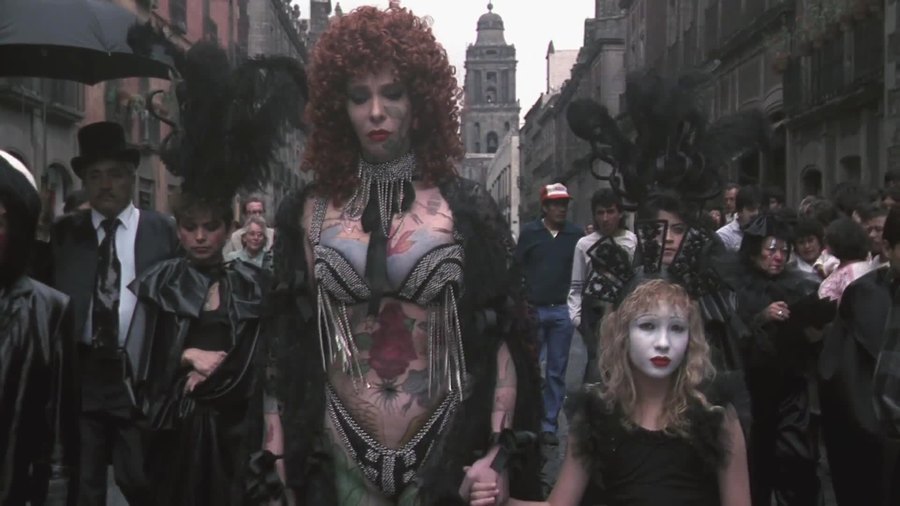One of the unlikeliest “comebacks” in recent history was that of Alejandro Jodorowsky, who at age eighty-five last year had two new movies in cinemas: One a documentary in which he was the subject, the other his first feature as writer-director in nearly fifteen years. Frank Pavich’s Jodorowsky’s Dune drew on voluminous archival materials to chronicle the Chilean-French surrealist’s failed (yet still influential) attempt to make a mid-1970s film of Frank Herbert’s science-fiction epic, which would have utilized such disparate talents as Salvador Dalí, Pink Floyd, H.R. Giger, Mick Jagger and Orson Welles. The filmmaker’s own The Dance of Reality was an autobiographical phantasmagoria that cast several of his family members. It showed his distinctively outrageous, poetical imagination as vigorous as ever.
This resurgence was perhaps not a surprise to those who’d followed Jodorowsky’s prolific work in comics (mostly graphic novels with fantasy themes) and in theater (as both a playwright and director). But most people know him, if at all, from cinematic work made over forty years earlier. It was 1970’s blood-soaked “acid western” El Topo, in which he starred as the titular avenger-martyr, that was was the original “midnight movie” sensation. Its long-running underground success resulted in 1973’s more ambitious allegory The Holy Mountain, a psychedelic spiritual odyssey of spectacular dimensions.
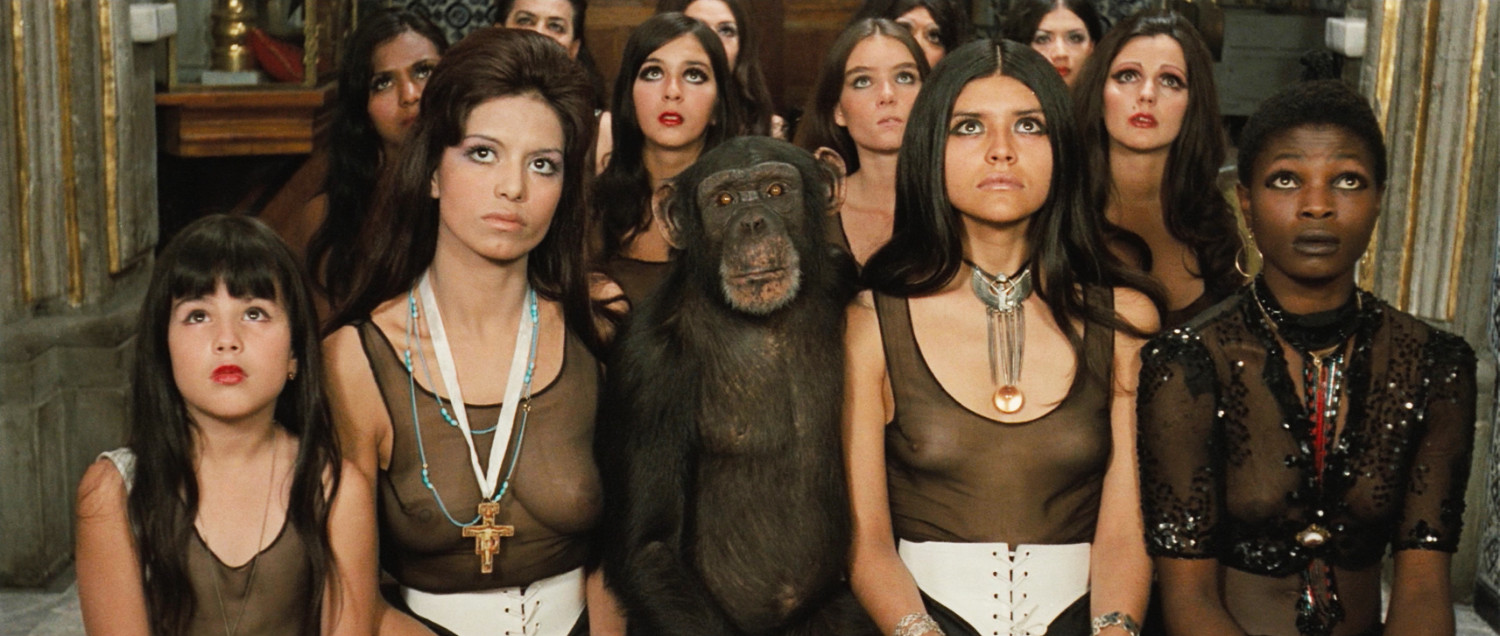
But despite exciting more cultish enthusiasm, Mountain was poorly distributed and eventually landed in a legal limbo that lasted decades. It made Jodorowsky look like a mad arthouse visionary whose grandiose ideas couldn’t be justified by box-office results. Hence the collapse of his Dune, and other frustrating experiences that eventually turned his focus toward other art forms. Two such disappointments were completed features that sank with nary a trace: Tusk (1980) was, of all things, a family adventure story about a girl and an elephant, and thus hardly suited for his hallucinatory sensibility. The Rainbow Thief (1990) was an odd whimsy written by someone else, with bona fide movie stars Peter O’Toole and Omar Sharif. Again, it was not a project he was happy with, or had much creative control over.
There was, however, one full-on prior “comeback” between the peaks of Jodorowsky’s early success and his most recent return to form. That would be 1989’s Santa Sangre (a.k.a. Holy Blood), a Mexico-shot Grand Guignol that reprised many of stylistic and thematic elements from those initial features (as well as 1968’s debut Fando and Lis). But it also stands on its own as a fascinating, outré achievement, one that like several Jodorowsky films finds its narrative divided into a “before” and “after.” It also casts his sons in major roles (and they’re good, too).
In the first part, young Fenix (Adan Jodorowsky, who’s since become a popular recording artist in France and Chile) is a working “boy magician” in Circo del Gringo. He’s an innocent torn between two destructive parental extremes: Brutish circus proprietor dad Orgo (Guy Stockwell) and religious-hysteric mother Concha (Blanca Guerra). When the push-pull between these supremely mismatched spouses comes to a gruesome climax, traumatized Fenix is placed in a mental asylum. Years later as a young man (now played by Axel Jodorowsky) he leaves that institution, only to find seemingly not-dead-after-all mama won’t leave him alone. Nor will her homicidal brand of puritanism, which (a la Psycho) erupts whenever he experiences sexual feelings, to the great misfortune of anyone he’s attracted to.
Gory and grotesque, Santa Sangre recalls (as did his prior films) Fellini and Buñuel, two of Jodorowsky’s admitted principal influences. But it was produced and co-written by Claudio Argento, brother of famed Italian horror specialist Dario Argento, and in the second half becomes something of a genre film, however allegorical and darkly humorous.
It’s an oversimplification to classify Sangre as a “horror movie.” But it increasingly becomes an homage to that idiom, using the tools of its trade to this surrealist prankster’s own unique ends. Not only are there various over-the-top stabbings and dismemberings, but also direct quotes (an Invisible Man clip, a re-staging of the classic horror scene in which victims rise from the grave to accuse their murderer) from other movies. Leave it to Jodorowsky to include such shock tactics as abuse of the mentally challenged (they’re given drugs and prostitutes, which they quite enjoy), a rainfall of chickens, Santo-style masked wrestling with a giant transsexual and the sleaziest use of lounge-lizard staple “Besame Mucho” ever. Amidst all the inventively “excessive” ideas and imagery, there’s also room for sly commentary on aspects of Mexican culture (including, of course, the Church).
If the sensationalism and symbolism in Jodorowsky’s earlier films occasionally seemed humorless, daring viewers to find a profundity more assumed than pinnable, Santa Sangre serves up their lurid, violent, taboo-embracing content with a certain bemusement at its own absurdity. There’s even a dollop of warmth. After all the nihilistic spectacle, both Sangre and the recent Dance of Reality ultimately find their much-put-upon protagonists liberated from madness and murderousness, finally ready to embrace life rather than throttling or being throttled by it. If you saw the astonishingly youthful octogenarian being interviewed in Jodorowsky’s Dune, this isn’t entirely surprising: Where once he acted the part of the tortured artist, now he has the glow of a contented one.
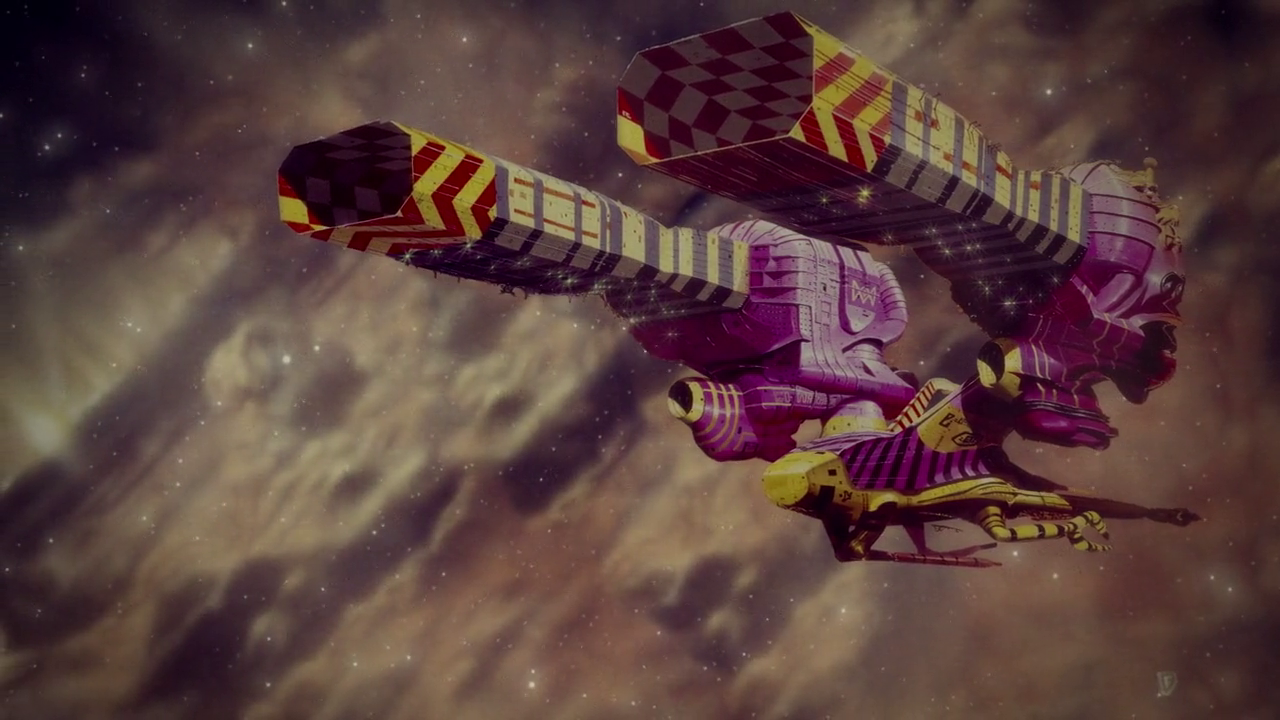
Needless to say, he has announced a next film project. Keep your fingers crossed.

